The DDLC is a method used in development to help make a database. It acts like a friendly translator, making it easy for regular folks or computer programs to work with data – creating, protecting, reading, updating, and deleting information.
Developing a robust database system is far from simple. It demands detailed stages like planning, analysis, design, development, testing, deployment, and ongoing maintenance—collectively making up the Database Development Lifecycle (DDL). This lifecycle operates within the broader System Development Lifecycle (SDL), a comprehensive framework for building diverse software systems.
with Expert Database
Development Services. Expertise to create and maintain robust,
scalable databases tailored to your needs.
Trusted globally for over 10 years.

Let’s learn more about the database development lifecycle.
6 Stages in the Database Development Lifecycle
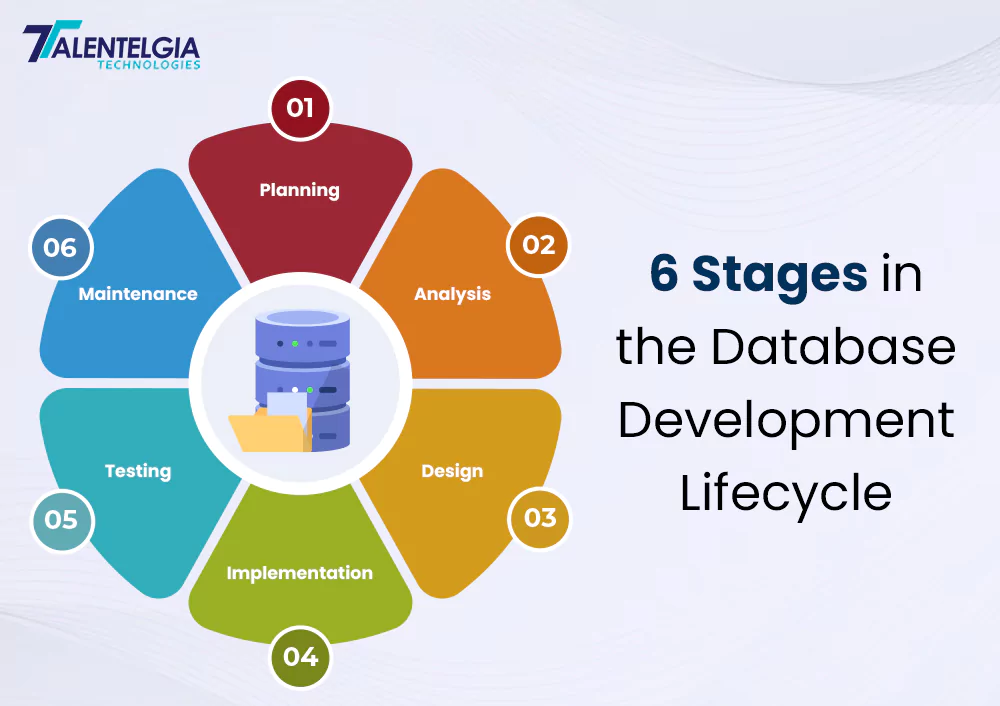
We will take you through each stage, from planning to maintenance, offering insights into the key activities and considerations at every step.
1. Planning Phase
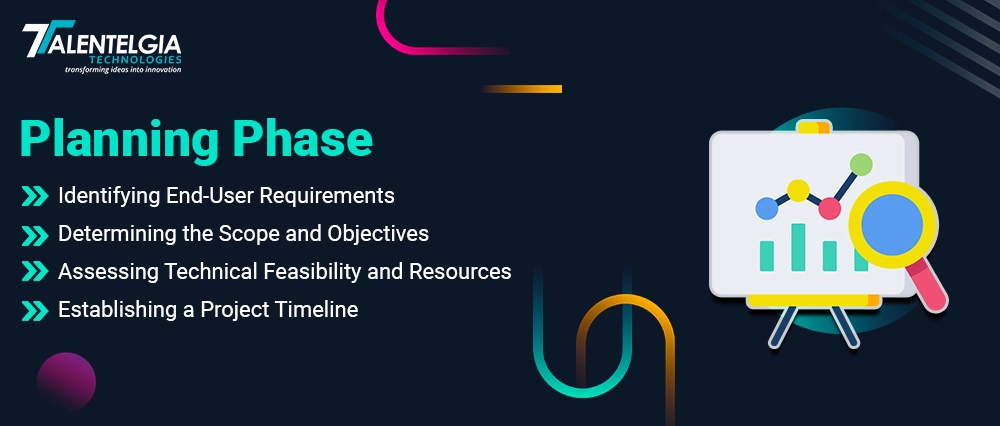
The database development journey starts with the Planning Phase, where we set the foundation for the whole project. When a customer asks for it, a database development company figures out what we need, sets timelines, and tackles any potential issues. The software developers are key players, making sure we stick to the schedule and use resources wisely.
The Requirement Collection aspect initiates the database lifecycle, focusing on user needs and system specifications. This foundational stage sets the trajectory for subsequent phases, ensuring a robust start to the development journey.
Get Deeper Understanding
What is the requirement collection in a database life cycle from the below infographics we have prepared? Requirement collection initiates the database life cycle, focusing on identifying the needs of users and system specifications. This involves:
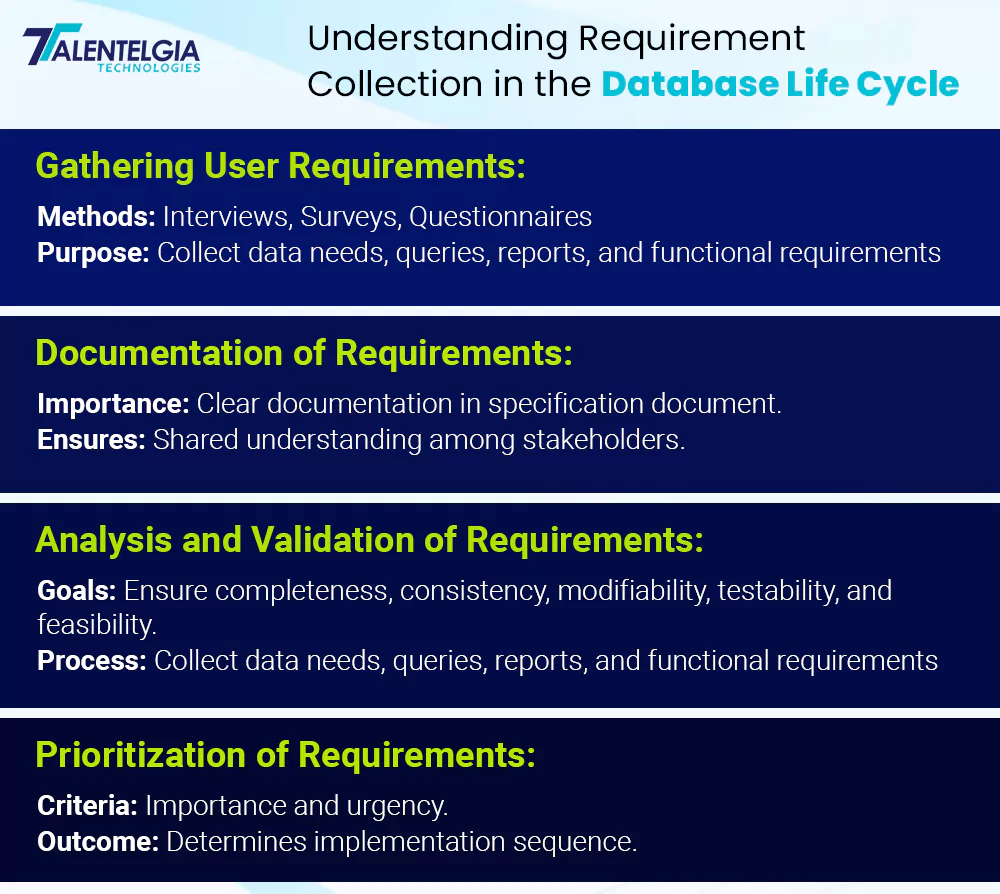
2. Analysis Phase
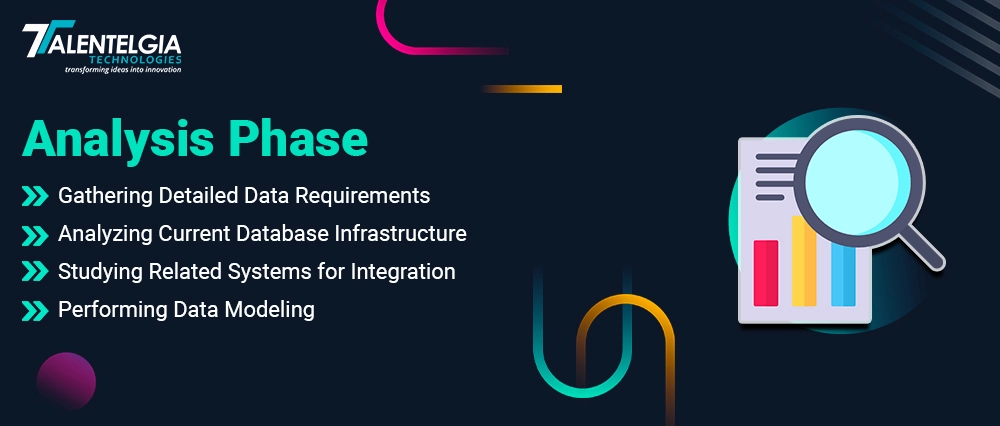
Transitioning from planning, the Analysis Phase conducts a detailed examination of the existing system. Data collection informs system development, culminating in an analysis report pivotal for determining user requirements and proposing viable solutions.
This phase marks a critical juncture, bridging the conceptualization of the project in planning to actionable insights. The emphasis on meticulous analysis ensures a comprehensive understanding of the system’s intricacies, laying the groundwork for effective design and implementation.
3. Design Phase
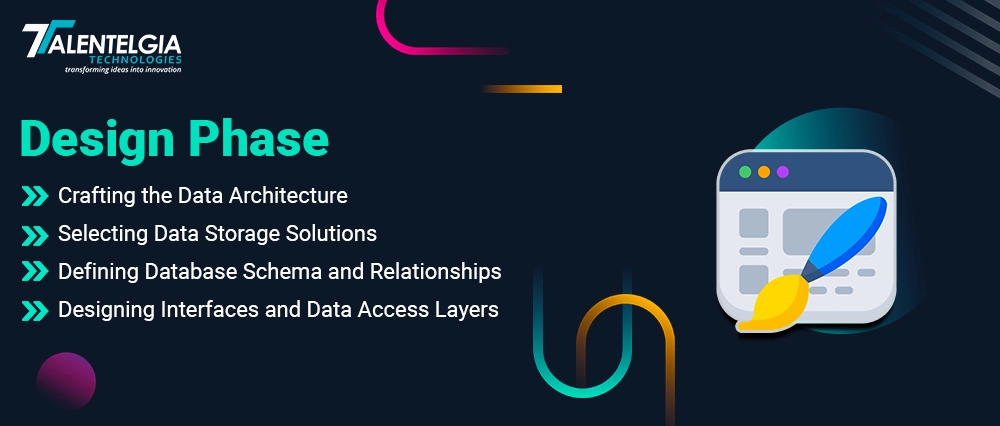
Undoubtedly the nucleus of the entire process, the Design Phase consumes 60-70% of the development lifecycle. Here, a system model is meticulously crafted based on analysis-phase requirements. Encompassing conceptual, logical, and physical elements, this model defines entities, relationships, and attributes.
The logical model assumes particular significance, ensuring end-user comprehension and navigability. As the blueprint for the system, the design phase sets the stage for the subsequent realization of the conceptualized database.
Database design is a process of creating a logical and physical structure for storing and manipulating data in a database system. It involves defining entities, attributes, relationships, and constraints that reflect the real-world problem domain. Database design – part of database development services ensures data quality, security, and performance.
Read also – Top 10 Database Design Tools
4. Implementation Phase
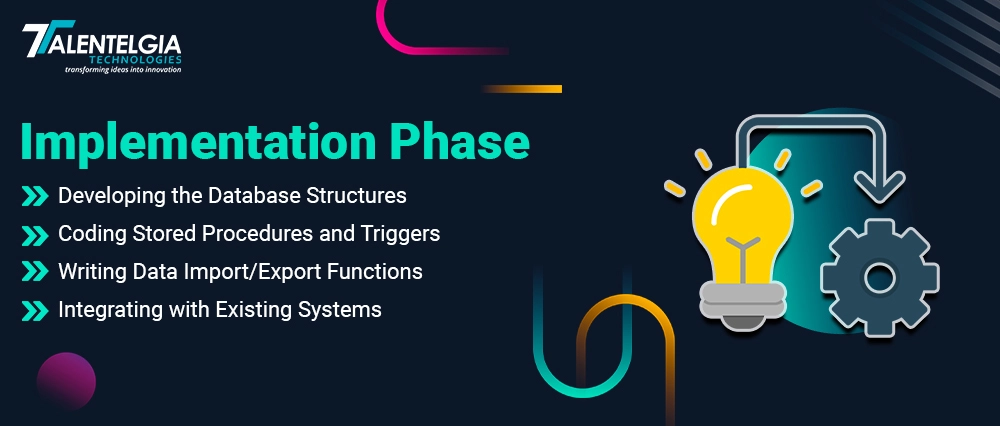
With the design crystallized, the Implementation Phase takes center stage. Installing the Database Management System (DBMS) marks a pivotal step, followed by the creation and loading of the designed database with data.
Tables and elements are brought to life, transitioning the system from conceptualization to functional reality. This phase represents the tangible embodiment of the database, underscoring the bridge between ideation and execution.
5. Testing Phase
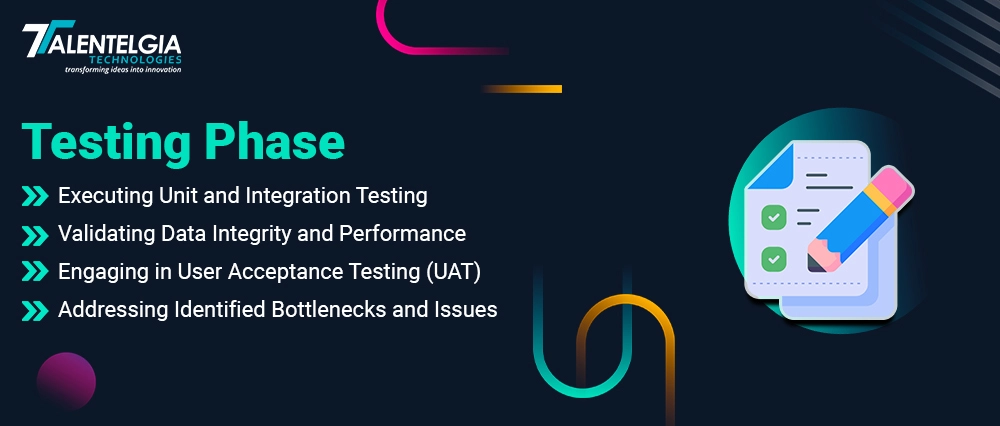
Before deployment, the system undergoes rigorous testing in the Testing Phase to ensure its quality and reliability. This phase evaluates the system’s tolerance for acceptable and unacceptable values, emphasizing the fulfillment of user requirements.
with Expert Database
Development. Trusted by clients in 20+ countries
for over a decade. Experienced team
delivers scalable solutions.

Thorough testing is indispensable to identify and rectify any issues before the system goes live, mitigating potential pitfalls and ensuring a seamless user experience.
6. Maintenance Phase
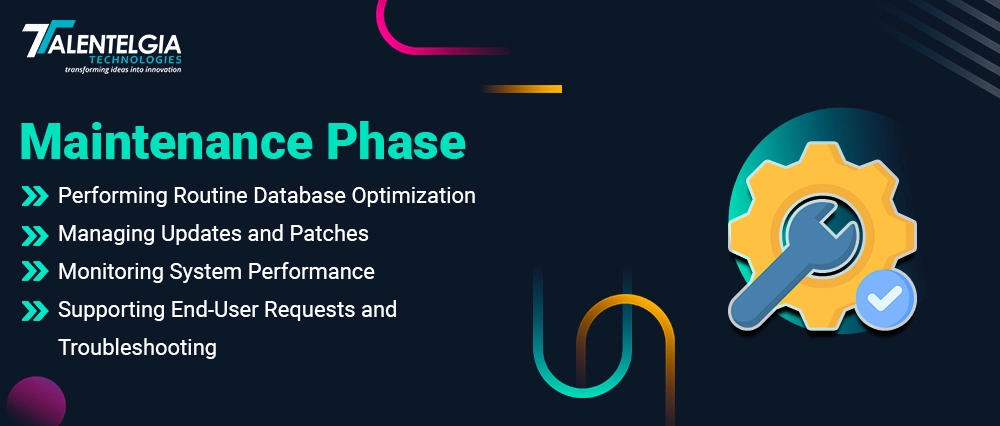
The culminating stage, the Maintenance Phase, involves the ongoing care and enhancement of the system. This encompasses software updates, system backups, security enhancements, and continuous monitoring. As the system evolves, updates or upgrades may be necessary, making ongoing maintenance a commitment to sustaining a secure, efficient, and adaptable database.
This final phase encapsulates the perpetual journey of ensuring the database remains resilient and aligned with evolving needs
What are the DDL Characteristics and Methodologies?
The Database Development Lifecycle (DDL) is a process that can change and get better as we go along. Each step can be looked at again and made better if we get new info or advice. This makes sure we can adjust things easily.
Different ways of working, like waterfall, agile, lean, or scrum, can be used depending on how big and complicated the project is. Talking and working well together is super important for making DDL work right among the team and the people interested in the project.
What is the requirement collection in a database life cycle?
Requirement collection serves as the initial phase in the database life cycle, involving the identification of the needs and specifications of both database users and the system. This process includes:
- Gathering User Requirements: Through methods such as interviews, surveys, and questionnaires, user requirements are collected. This aids in understanding the necessary data to be stored, required queries and reports, and other functional needs.
- Documentation of Requirements: Clear documentation of requirements is essential in a requirement specification document. This ensures a shared understanding among all stakeholders regarding the identified requirements.
- Analysis and Validation of Requirements: The requirements are thoroughly analyzed and validated to ensure completeness, consistency, modifiability, testability, and feasibility for implementation. Any unclear or conflicting requirements are addressed and resolved during this stage.
- Prioritization of Requirements: Requirements are prioritized based on their importance and urgency. This prioritization helps determine the sequence in which conditions should be implemented.
Key Highlights
- A systematic process for secure, efficient, user-aligned database development.
- Foundation-setting phase, addressing needs, timelines, potential issues, and requirement collection.
- Detailed examination phase providing critical insights for user requirements and solutions.
- The process of crafting a meticulous system model.
- Tangible embodiment phase, installing DBMS, creating, and loading the designed database.
- The culminating stage for ongoing care, enhancement, and system adaptation.
FAQs
What happens during the Database Initial Study phase?
The Database Initial Study involves analyzing the company situation, defining problems and constraints, setting objectives, and establishing scope and boundaries as the foundational steps in the Database Development Lifecycle.
How is Testing and Evaluation conducted in the Database Development Lifecycle?
Testing and Evaluation involve ensuring the integrity, security, performance, and recoverability of the database. The Database Administrator (DBA) tests and fine-tunes the database to meet expected performance levels.
What activities are part of the Maintenance and Evolution phase?
The Maintenance and Evolution phase requires routine activities by the database administrator. This includes preventive maintenance (backup), corrective maintenance (recovery), adaptive maintenance (performance enhancement), and managing access permissions for users.
When does the Operational phase begin in the Database Development Lifecycle?
The Operational phase begins once the database successfully passes the evaluation stage. At this point, the database, its management, users, and application programs form a complete information system.
How does the Database Development Lifecycle support ongoing system evolution?
The Database Development Lifecycle provides a structured framework for ongoing system evolution by incorporating phases such as maintenance and evolution, ensuring the database adapts to changing needs.
In which phase are decisions made for integrity, security, and recoverability in the Database Development Lifecycle?
Decisions for integrity, security, and recoverability are made during the Design phase of the Database Development Lifecycle, ensuring these aspects are implemented and tested in subsequent phases.
Conclusion
The Database Development Lifecycle (DDL) is like a step-by-step plan for making a database system. It involves thinking, designing, building, checking, using, and looking after the database.Hope you understood the steps and process of DDLC and now you know that it is super important in making computer programs and needs people who know tech stuff, business smarts, and can talk and work well with others. Doing the DDL right makes databases work great and helps companies do well too.


 Healthcare App Development Services
Healthcare App Development Services
 Real Estate Web Development Services
Real Estate Web Development Services
 E-Commerce App Development Services
E-Commerce App Development Services E-Commerce Web Development Services
E-Commerce Web Development Services Blockchain E-commerce Development Company
Blockchain E-commerce Development Company
 Fintech App Development Services
Fintech App Development Services Fintech Web Development
Fintech Web Development Blockchain Fintech Development Company
Blockchain Fintech Development Company
 E-Learning App Development Services
E-Learning App Development Services
 Restaurant App Development Company
Restaurant App Development Company
 Mobile Game Development Company
Mobile Game Development Company
 Travel App Development Company
Travel App Development Company
 Automotive Web Design
Automotive Web Design
 AI Traffic Management System
AI Traffic Management System
 AI Inventory Management Software
AI Inventory Management Software
 AI Software Development
AI Software Development  AI Development Company
AI Development Company  AI App Development Services
AI App Development Services  ChatGPT integration services
ChatGPT integration services  AI Integration Services
AI Integration Services  Generative AI Development Services
Generative AI Development Services  Natural Language Processing Company
Natural Language Processing Company Machine Learning Development
Machine Learning Development  Machine learning consulting services
Machine learning consulting services  Blockchain Development
Blockchain Development  Blockchain Software Development
Blockchain Software Development  Smart Contract Development Company
Smart Contract Development Company  NFT Marketplace Development Services
NFT Marketplace Development Services  Asset Tokenization Company
Asset Tokenization Company DeFi Wallet Development Company
DeFi Wallet Development Company Mobile App Development
Mobile App Development  IOS App Development
IOS App Development  Android App Development
Android App Development  Cross-Platform App Development
Cross-Platform App Development  Augmented Reality (AR) App Development
Augmented Reality (AR) App Development  Virtual Reality (VR) App Development
Virtual Reality (VR) App Development  Web App Development
Web App Development  SaaS App Development
SaaS App Development Flutter
Flutter  React Native
React Native  Swift (IOS)
Swift (IOS)  Kotlin (Android)
Kotlin (Android)  Mean Stack Development
Mean Stack Development  AngularJS Development
AngularJS Development  MongoDB Development
MongoDB Development  Nodejs Development
Nodejs Development  Database Development
Database Development Ruby on Rails Development
Ruby on Rails Development Expressjs Development
Expressjs Development  Full Stack Development
Full Stack Development  Web Development Services
Web Development Services  Laravel Development
Laravel Development  LAMP Development
LAMP Development  Custom PHP Development
Custom PHP Development  .Net Development
.Net Development  User Experience Design Services
User Experience Design Services  User Interface Design Services
User Interface Design Services  Automated Testing
Automated Testing  Manual Testing
Manual Testing  Digital Marketing Services
Digital Marketing Services 
 Ride-Sharing And Taxi Services
Ride-Sharing And Taxi Services Food Delivery Services
Food Delivery Services Grocery Delivery Services
Grocery Delivery Services Transportation And Logistics
Transportation And Logistics Car Wash App
Car Wash App Home Services App
Home Services App ERP Development Services
ERP Development Services CMS Development Services
CMS Development Services LMS Development
LMS Development CRM Development
CRM Development DevOps Development Services
DevOps Development Services AI Business Solutions
AI Business Solutions AI Cloud Solutions
AI Cloud Solutions AI Chatbot Development
AI Chatbot Development API Development
API Development Blockchain Product Development
Blockchain Product Development Cryptocurrency Wallet Development
Cryptocurrency Wallet Development About Talentelgia
About Talentelgia  Our Team
Our Team  Our Culture
Our Culture 
 Healthcare App Development Services
Healthcare App Development Services Real Estate Web Development Services
Real Estate Web Development Services E-Commerce App Development Services
E-Commerce App Development Services E-Commerce Web Development Services
E-Commerce Web Development Services Blockchain E-commerce
Development Company
Blockchain E-commerce
Development Company Fintech App Development Services
Fintech App Development Services Finance Web Development
Finance Web Development Blockchain Fintech
Development Company
Blockchain Fintech
Development Company E-Learning App Development Services
E-Learning App Development Services Restaurant App Development Company
Restaurant App Development Company Mobile Game Development Company
Mobile Game Development Company Travel App Development Company
Travel App Development Company Automotive Web Design
Automotive Web Design AI Traffic Management System
AI Traffic Management System AI Inventory Management Software
AI Inventory Management Software AI Software Development
AI Software Development AI Development Company
AI Development Company ChatGPT integration services
ChatGPT integration services AI Integration Services
AI Integration Services Machine Learning Development
Machine Learning Development Machine learning consulting services
Machine learning consulting services Blockchain Development
Blockchain Development Blockchain Software Development
Blockchain Software Development Smart contract development company
Smart contract development company NFT marketplace development services
NFT marketplace development services IOS App Development
IOS App Development Android App Development
Android App Development Cross-Platform App Development
Cross-Platform App Development Augmented Reality (AR) App
Development
Augmented Reality (AR) App
Development Virtual Reality (VR) App Development
Virtual Reality (VR) App Development Web App Development
Web App Development Flutter
Flutter React
Native
React
Native Swift
(IOS)
Swift
(IOS) Kotlin (Android)
Kotlin (Android) MEAN Stack Development
MEAN Stack Development AngularJS Development
AngularJS Development MongoDB Development
MongoDB Development Nodejs Development
Nodejs Development Database development services
Database development services Ruby on Rails Development services
Ruby on Rails Development services Expressjs Development
Expressjs Development Full Stack Development
Full Stack Development Web Development Services
Web Development Services Laravel Development
Laravel Development LAMP
Development
LAMP
Development Custom PHP Development
Custom PHP Development User Experience Design Services
User Experience Design Services User Interface Design Services
User Interface Design Services Automated Testing
Automated Testing Manual
Testing
Manual
Testing About Talentelgia
About Talentelgia Our Team
Our Team Our Culture
Our Culture
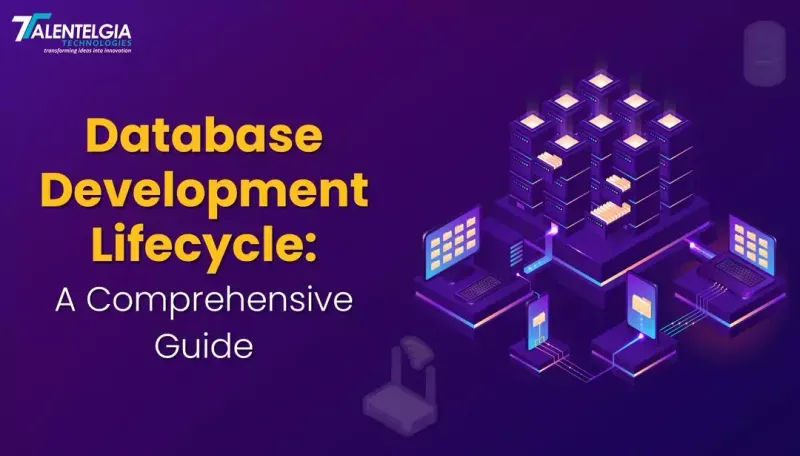

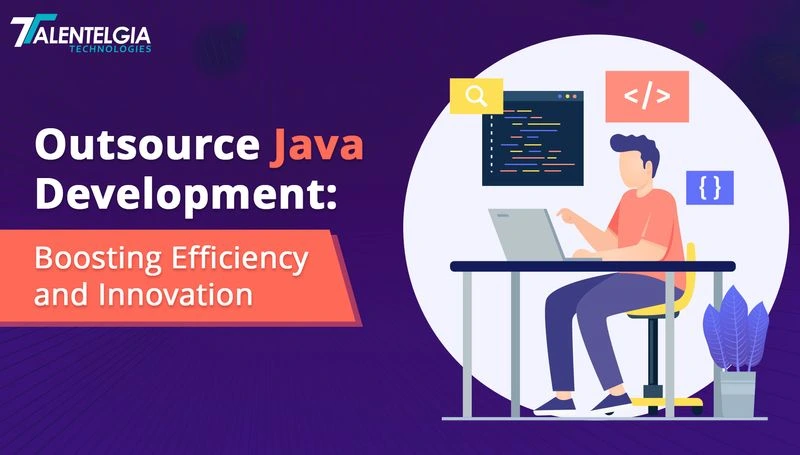














 Write us on:
Write us on:  Business queries:
Business queries:  HR:
HR: 




